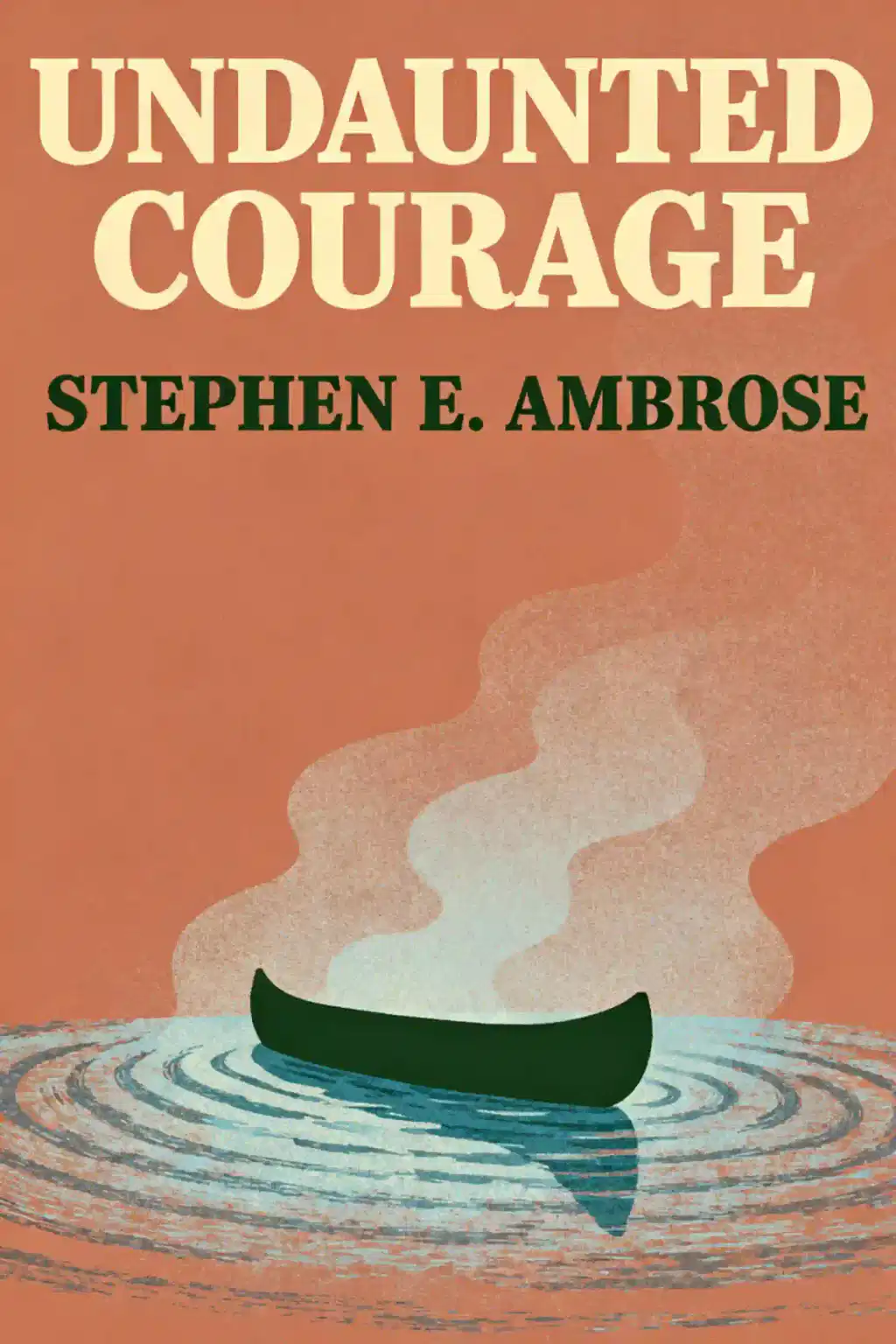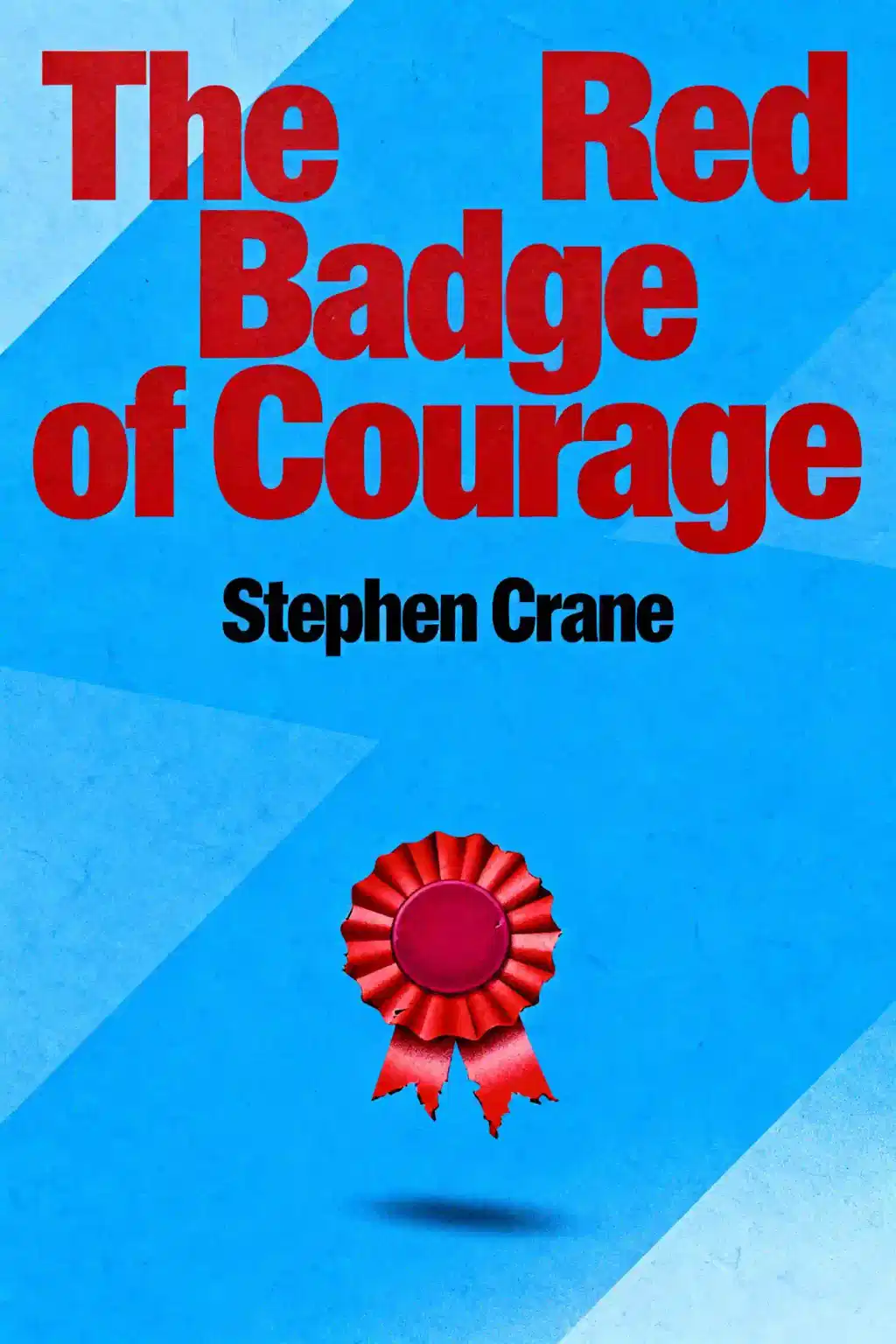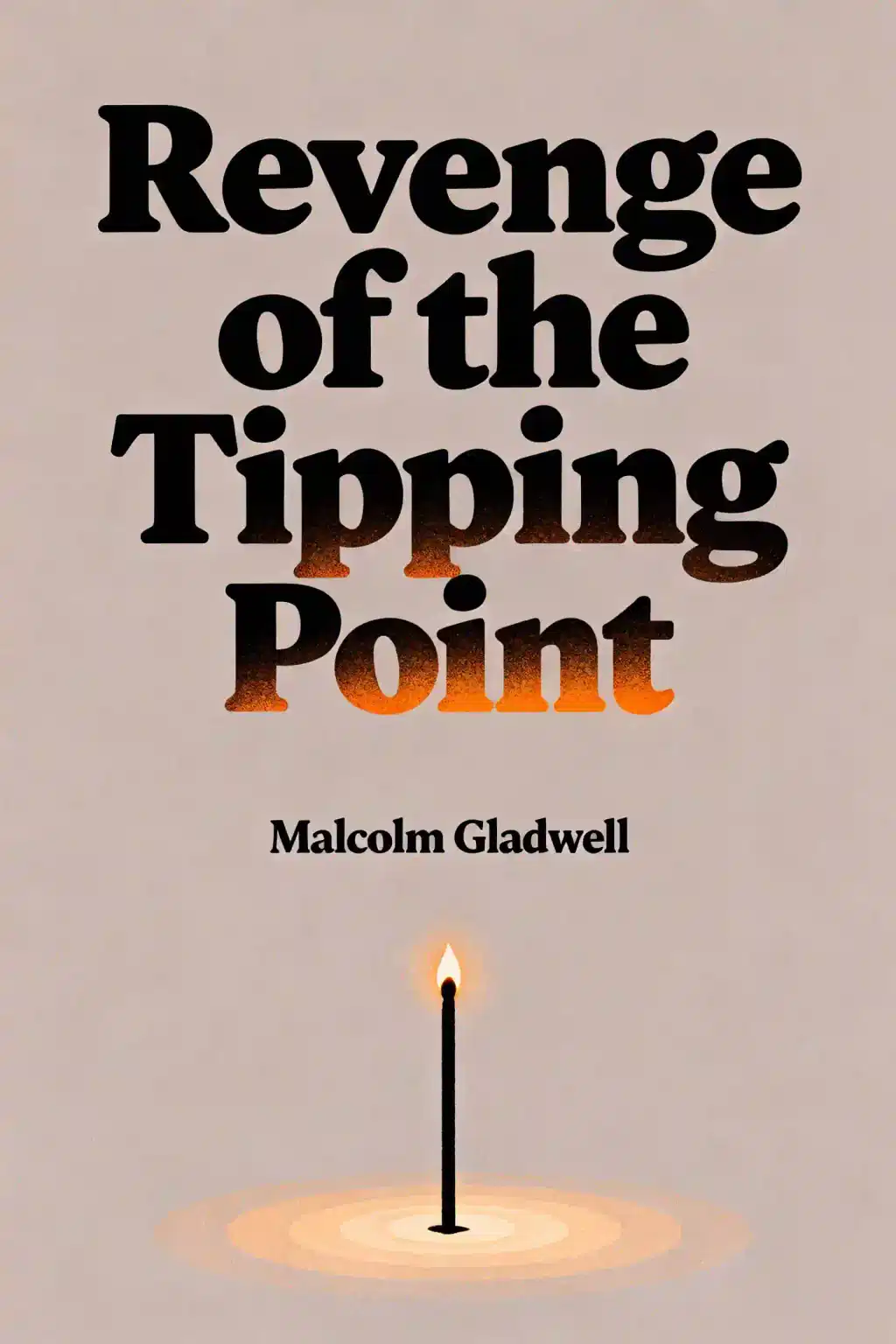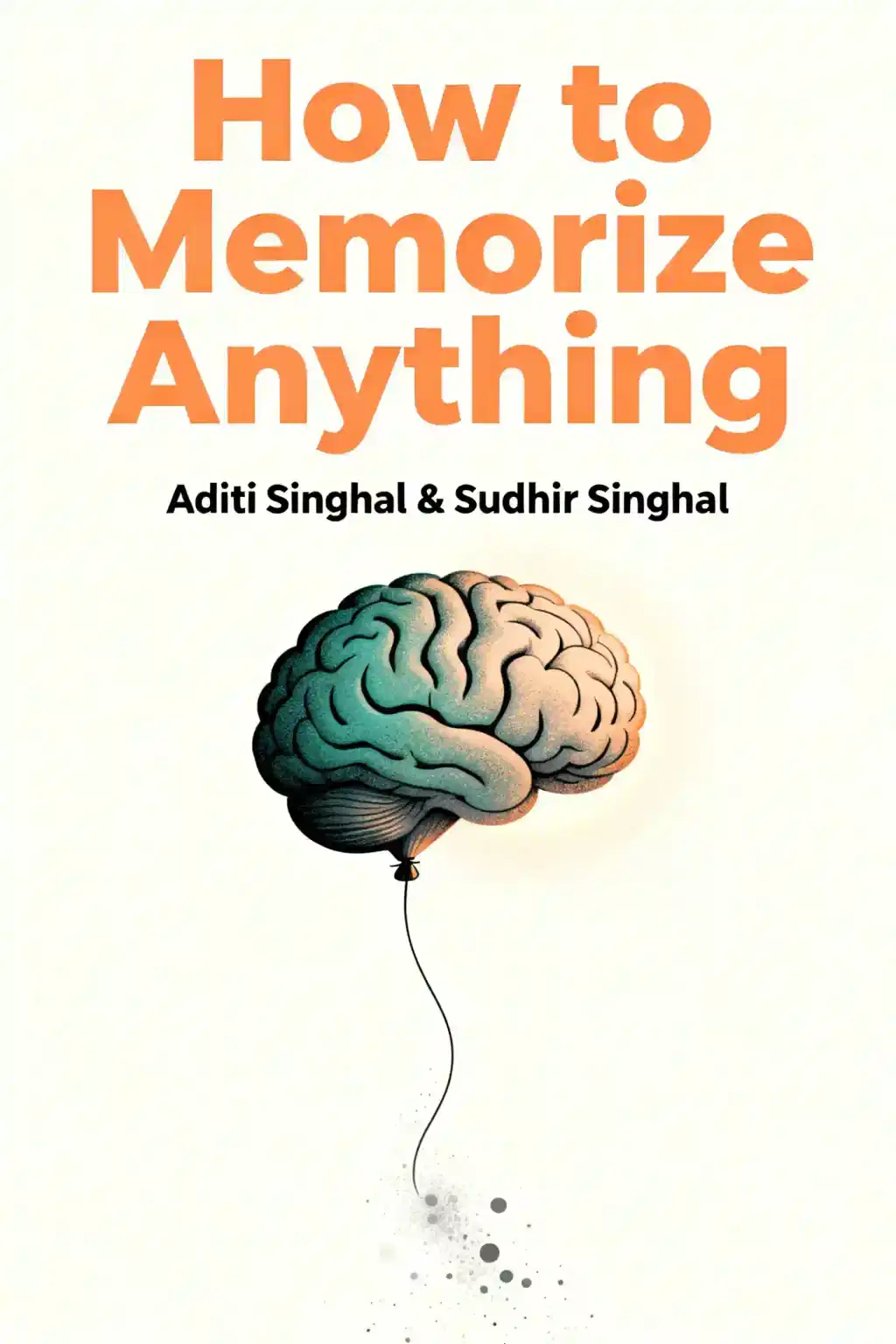
Undaunted Courage by Stephen E. Ambrose Summary
Ambrose's masterpiece chronicles Lewis and Clark's epic wilderness journey, spending 126 weeks on the NYT bestseller list. Ken Burns consulted it for his PBS series, while business leaders extract its leadership lessons. What dangerous wilderness crossing reveals more about America than any textbook?
About the author
Stephen Edward Ambrose (1936-2002) was the bestselling author of Undaunted Courage: Meriwether Lewis, Thomas Jefferson, and the Opening of the American West, and one of America's premier historians specializing in World War II and American exploration. This meticulously researched historical narrative captures the Lewis and Clark Expedition through Ambrose's signature approach—bringing historical figures to life with engaging detail and rigorous scholarship drawn from primary sources and his deep understanding of American frontier history.
A professor emeritus at the University of New Orleans and founder of the Eisenhower Center, Ambrose authored over two dozen acclaimed works including Band of Brothers, D-Day June 6, 1944, and Citizen Soldiers.
He served as consultant for Steven Spielberg's blockbuster Saving Private Ryan, won an Emmy producing the HBO miniseries adaptation of Band of Brothers, and acted as commentator for Ken Burns' documentary on Lewis and Clark. Ambrose received the National Humanities Medal from President Clinton and co-founded The National D-Day Museum in New Orleans, with his books selling millions of copies worldwide.
FAQs About This Book
Undaunted Courage chronicles the Lewis and Clark expedition's historic journey to explore the Louisiana Territory and find a water route to the Pacific Ocean. Stephen E. Ambrose focuses on Meriwether Lewis's life, his partnership with William Clark, and the Corps of Discovery's encounters with Native American tribes, wildlife, and treacherous terrain from 1803-1806. The book interweaves detailed expedition history with Lewis's personal biography, including his tragic fate after returning to civilization.
Undaunted Courage appeals to history enthusiasts, adventure seekers, and anyone interested in American exploration and wilderness narratives. The book is ideal for readers who appreciate well-researched historical accounts told with engaging, fast-paced storytelling. Those fascinated by frontier history, Native American relations, natural history, or the forging of American identity will find Stephen E. Ambrose's masterful narrative compelling.
Undaunted Courage is widely regarded as a masterpiece of historical writing, earning consistent praise for its meticulous research, captivating narrative style, and emotional depth. Stephen E. Ambrose's love of country and the subject matter creates an infectious enthusiasm that makes history come alive. The book successfully balances adventure, scientific discovery, and human drama, making it accessible and engaging rather than dry or academic. Most readers consider it among the best history books available.
Stephen E. Ambrose was a renowned American historian who specialized in military history and American exploration. His lifelong fascination with the Lewis and Clark expedition, developed through personal experiences camping along the Missouri River with his family, infused Undaunted Courage with authentic passion and deep knowledge. Ambrose's writing style combines rigorous scholarship with accessible, narrative-driven storytelling that brings historical events to life. His genuine love of American history permeates the work, making complex historical details engaging for general readers.
Meriwether Lewis's post-expedition life ended tragically, as depicted in Undaunted Courage. After successfully leading the Corps of Discovery, Lewis struggled with depression, financial problems, alcohol misuse, and drug dependency as governor of the Louisiana Territory. Stephen E. Ambrose portrays Lewis as a man who thrived in wilderness exploration but could not survive the demands of civilization. Lewis's suicide became symbolic of the fate befalling the unspoiled territory and Native peoples he had encountered.
Undaunted Courage presents Native American tribes with candid complexity rather than romantic idealization. Stephen E. Ambrose describes tribes ranging from remarkably hospitable and generous to manipulative and hostile, showing the full spectrum of human behavior. The book documents how some tribes welcomed the expedition and shared resources, while others attempted theft or posed threats. Ambrose also reveals the arrogant, condescending attitudes white explorers held toward Native peoples and Jefferson's misguided attempts to manipulate tribal relations.
The Corps of Discovery confronted numerous life-threatening challenges throughout their journey. Undaunted Courage details treacherous river rapids rated off modern danger charts, horses tumbling down steep mountain slopes with riders, confrontations with violent Blackfeet warriors, and encounters with ferocious grizzly bears. The expedition also battled mosquitoes, malaria, harsh weather conditions, and the daunting crossing of the Rocky Mountains—a far greater obstacle than they initially anticipated. Despite these dangers, providence and the team's resourcefulness enabled their survival.
Sacagawea served as an essential guide, translator, and diplomatic presence for the Corps of Discovery. In Undaunted Courage, Stephen E. Ambrose highlights how this teenaged Shoshone woman defused tensions during first encounters with Native tribes, signaling peaceful intentions. Remarkably, Sacagawea gave birth during the expedition and managed to bring her infant son along through harrowing mountain crossings and dangerous river descents to the Pacific Coast. Her presence and skills proved critical to the expedition's success and survival.
Thomas Jefferson emerges in Undaunted Courage as the visionary architect behind the expedition, driven by ambitions for American empire. Stephen E. Ambrose portrays Jefferson's relationship with Meriwether Lewis and his foolish belief that he could manipulate Native American tribes to American advantage. Jefferson commissioned the expedition hoping to discover a water route to the Pacific and expand territorial claims. His partnership with Lewis shaped both the expedition's scientific objectives and political goals for western expansion.
Undaunted Courage explores courage, friendship, and the relentless human drive to confront the unknown. Stephen E. Ambrose weaves together themes of American ambition and Manifest Destiny, the complex relationship between white settlers and Native peoples, and the destruction of an unspoiled wilderness. The book examines contrasts between wilderness survival and civilized life, resourcefulness under extreme conditions, and the forging of American identity through exploration. Lewis's personal tragedy symbolizes the broader fate of the western territory and indigenous peoples.
Undaunted Courage captures the American West before settlement through Lewis's vivid journals describing breathtaking natural abundance. Stephen E. Ambrose details verdant plains stretching endlessly with herds of ten thousand buffalo, diverse wildlife including ferocious grizzly bears, and remarkably varied Native American tribes. The book mourns this world's rapid disappearance as greedy land grabbers and fur traders depleted wildlife, forests, and traditional Native life. Lewis traversed landscapes no airplane had flown over or car driven through, providing irreplaceable portraits of pristine wilderness.
While widely praised, some readers find Undaunted Courage occasionally bogged down with excessive detail that interrupts narrative flow. Critics note the book can feel overly detailed in certain passages, though many readers appreciate this meticulous approach for creating immediacy and authenticity. One reviewer found the writing style dull and reliant on clichéd phrases. However, most readers consider these minor issues compared to Ambrose's achievement in combining rigorous research with compelling storytelling. The detailed approach ultimately enhances rather than detracts from the historical experience for most audiences.
Quick Summary Mode - Read or listen to Undaunted Courage Summary in 9 Minutes
Break down key ideas from Undaunted Courage into bite-sized takeaways to understand how innovative teams create, collaborate, and grow.
Flash Card Mode - Top 10 Insights from Undaunted Courage in a Nutshell
Distill Undaunted Courage into rapid-fire memory cues that highlight Pixar’s principles of candor, teamwork, and creative resilience.

Fun Mode - Undaunted Courage Lessons Told Through 20-Min Stories
Experience Undaunted Courage through vivid storytelling that turns Pixar’s innovation lessons into moments you’ll remember and apply.
Personalize Mode - Read or listen to Undaunted Courage Summary in 0 Minutes
Ask anything, pick the voice, and co-create insights that truly resonate with you.

From Columbia University alumni built in San Francisco
See More Stories?

Get the Undaunted Courage summary as a free PDF or EPUB. Print it or read offline anytime.
























